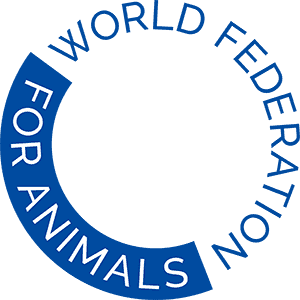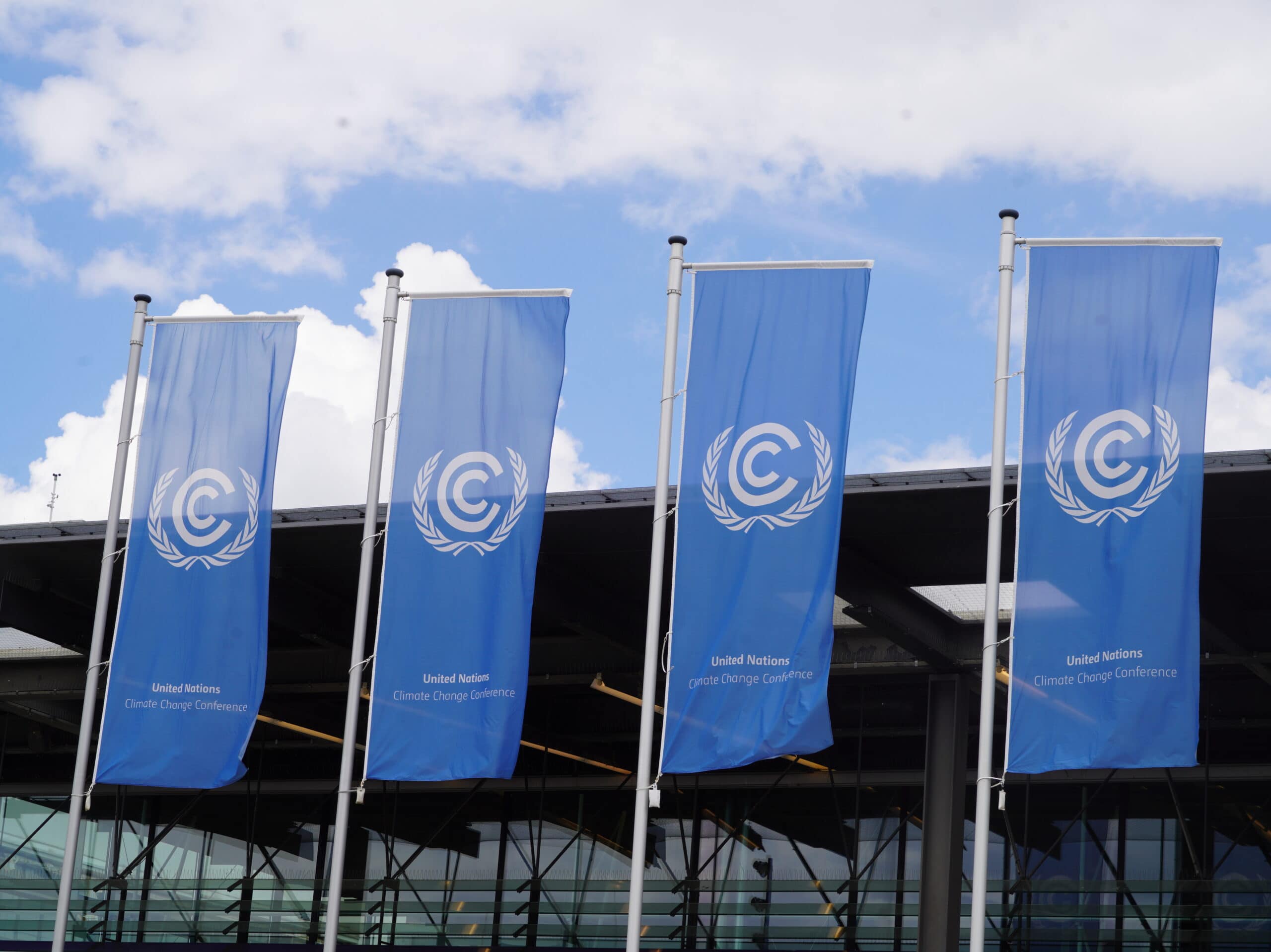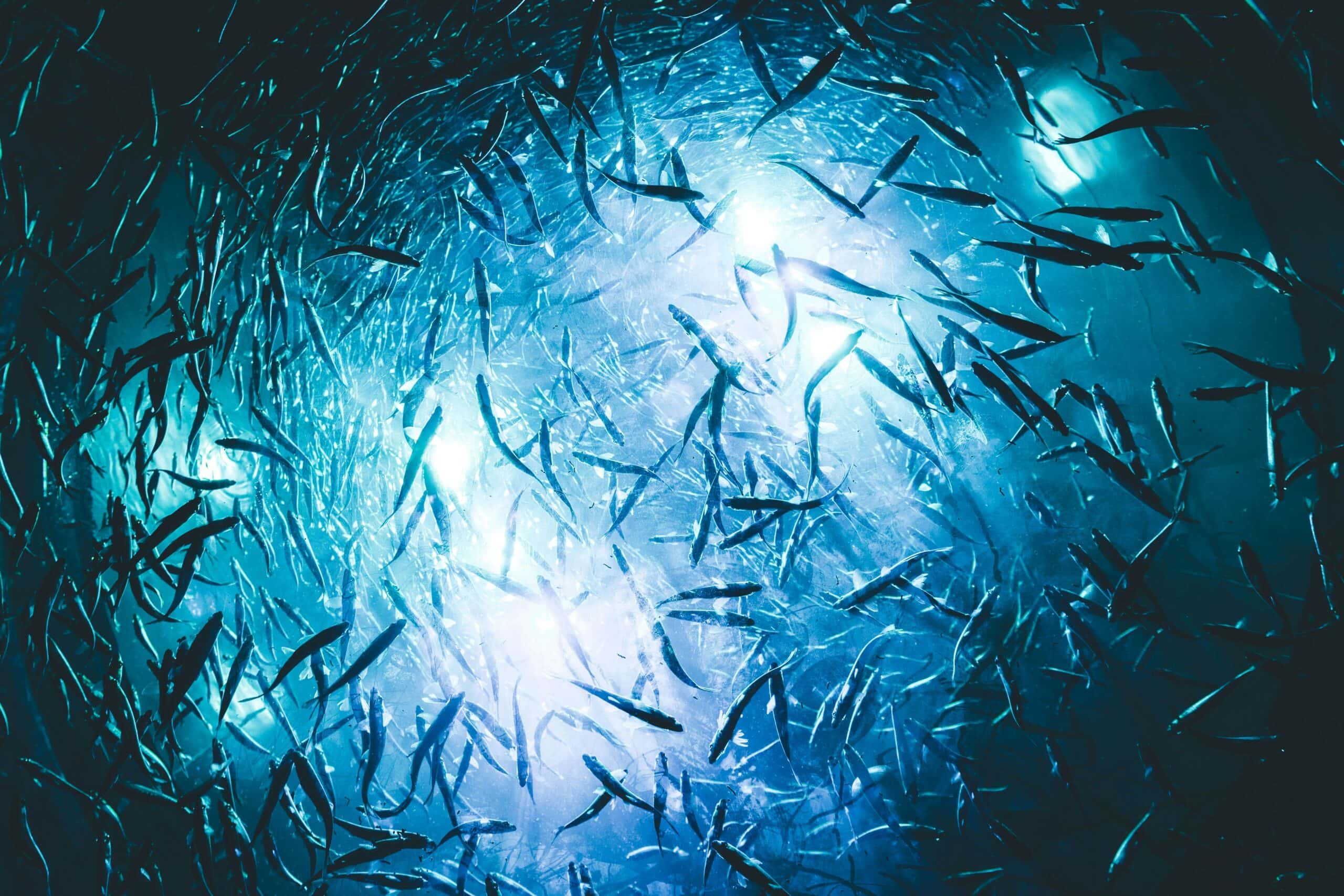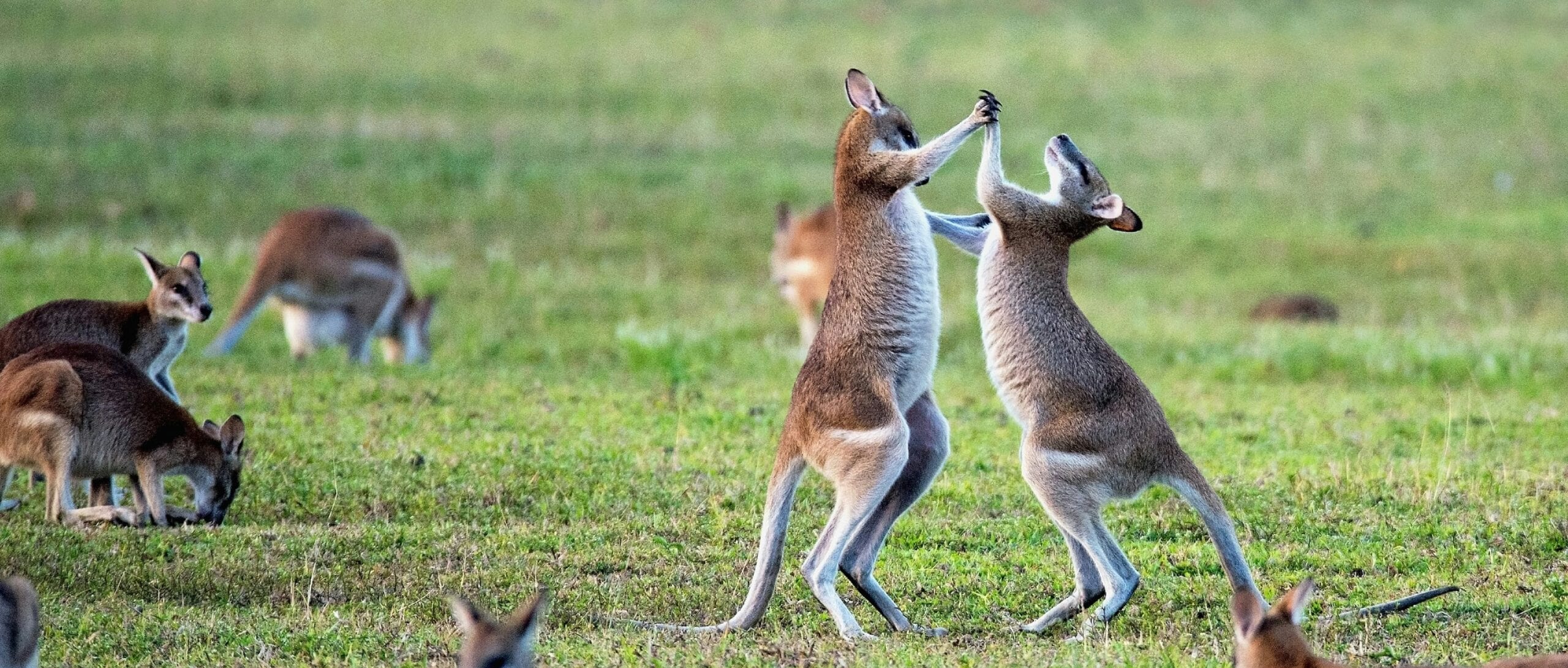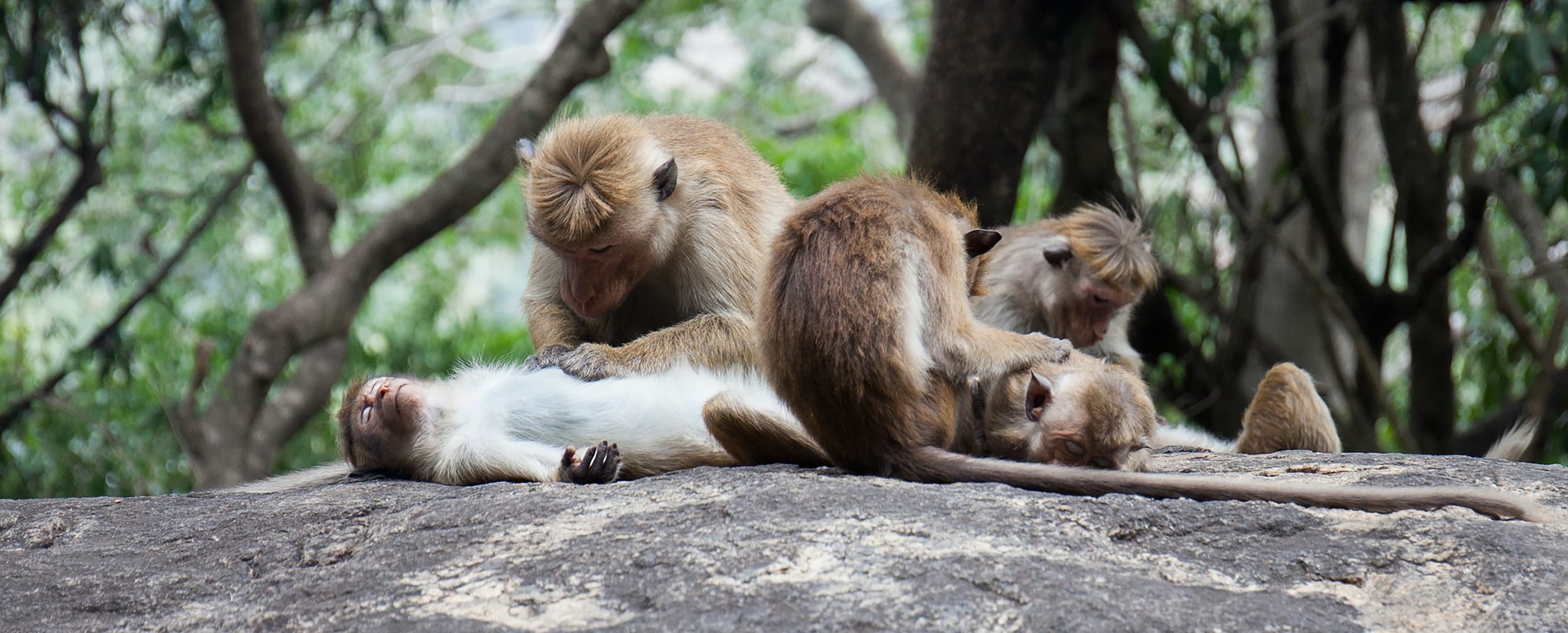In August 2021, the next step in negotiations for a pivotal UN agreement began. The Global Biodiversity Framework (GBF) will lay out a ten-year strategy for the preservation of the living world until 2030 under the goal to “live in harmony with Nature in 2050”.
Draft goals of the Global Biodiversity Framework.
The World Federation for Animals and its members have been working in this process to advocate for better recognition and protection of animal welfare in the Global Biodiversity Framework. A Working Group including 11 WFA members is developing this work.
We submitted a collective position paper laying out how the upcoming UN Convention on Biological Diversity can integrate animal protection. The paper highlights the need to recognise the intrinsic links between the welfare of animals, the planet and humans in order to reduce the future risk of pandemics that could arise from humanity’s interactions with wild animals and biodiversity.
The latest round of discussions for the GBF ended on the 3rd September. Decisionmakers made significant progress in line with our position paper: “animals” and “One Health” are now explicitly included in the new draft text of the GBF. This follows advocacy work by participant NGOs (WFA is one of the UN process observers and also part of the NGO Collaboration Group led by the David Sheldrick Wildlife Trust (DSWT)) and with the support from various States. In particular, Bolivia championed the rights of living beings and Mother-Earth.
“A new insight is needed based on a cosmobiocentric paradigm focused on caring for the life of all living beings on Mother Earth. In this cosmobiocentric view, living in harmony with nature means walking the path of complementarity and respect among all living beings of Mother Earth.
Our rights, as human beings, cannot affect the rights that other living beings have. That is why we have to think that there is a need to move beyond human rights towards the recognition and effective exercise of the rights of Mother Earth where every living being is a “subject of rights”.
Statement from Bolivia at the Open-Ended Working Group, August 2021
What’s the next step for UN protection of biodiversity?
Discussions to finalise the GBF will continue in the run-up to the two-part UN Biodiversity Conference (COP15: fifteenth meeting of the Conference of the Parties). There are three major negotiating moments:
- 11th – 15th October: The first part of COP15 (15th Conference of the Parties to the Convention on Biological Diversity) is coming up. This will consist of a series of virtual meetings and a two-day discussion to develop the biodiversity framework.
- January 2022: Following this, the Open-Ended Working Group for the GBF will review the GBF draft again in Geneva in Switzerland.
- April 2022: Finally, the UN have planned the second half of COP15 for spring 2022 in Kunming, China, where decisionmakers will finalise and adopt the GBF.
These are opportunities for the WFA and its members to advocate for greater recognition of the importance of animal protection. Not only through ‘animal health’ and the concept of ‘One Health’, but through integration of the One Welfare approach.
One Welfare recognises that the health and welfare of humans, animals and the planet are inextricably linked and one cannot be effectively protected without protecting all of them. To protect human health and fight climate change and biodiversity loss, States should integrate One Welfare into their recommendations and actions.
Support for the rights of living beings from States like Bolivia are an encouraging step in the right direction which should be taken further by more States. Effective protection of nature must recognise animals as living beings, not just mere commodities or source of capital. They are not ‘genetic resources’ but key for the survival of the planet.
Positive steps have been made. Now we can and must continue to advocate for animals throughout the process to secure their inclusion and protection in the Global Biodiversity Framework towards the 2030 goals and the vision of 2050 to live in Harmony with Nature.
